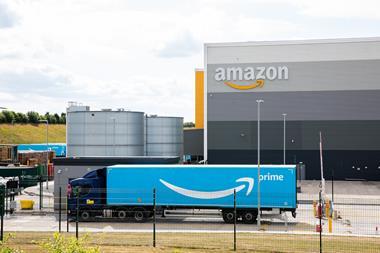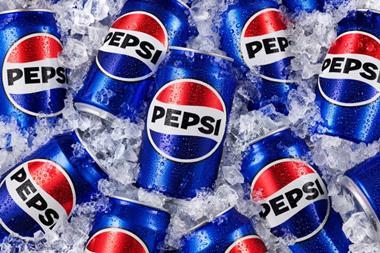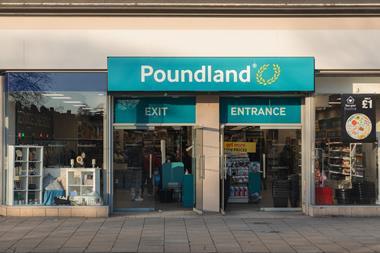Ageing populations and the emerging middle classes represent two markets to develop products for, says Lawrence Hutter
Consumer products companies currently face a trading environment marked by fragile economic recovery and sluggish demand across much of the developed world.
In the UK for example, Deloitte's latest Economic Review forecasts that household disposable income will fall by 2% this year, with a corresponding fall of 1% in consumer spending.
Most companies have already taken steps to manage costs. But with indications that tough conditions will remain for the foreseeable future, it is essential they seek growth opportunities too.
Ageing populations in developed markets will represent one of the best opportunities.
We have already seen American companies creatively overhauling product lines, enlarging typeface and lowering store shelves to cater and capture market share of a relatively affluent generation. It isn't hard to see why; baby boomers those born between 1946 and 1964 account for an estimated half of total US consumer spending.
Similar opportunities can be found in the UK, as well as Germany, Japan, China and Russia. We expect to see ranges developed for this group to help maintain wellness and manage health problems.
While ageing populations have the potential to become a significant source of growth, the biggest single opportunity comes from emerging middle classes in developing economies. An estimated 70 million consumers are expected to enter the global middle class each year, while record numbers of people in Africa now own houses and send their children to private schools.
Competition is heating up to capture share-of-wallet from the newly wealthy. However, most of the emerging middle class do not yet have disposable income at the level we are used to. So companies must prepare to deliver the right products at price points well below equivalent products in the developed world.
In the next few years we expect to see a more aggressive pattern of risk-taking, with the launch of innovative new products and services that will differentiate themselves from competitors and avoid destructive price competition.
Lawrence Hutter is global head of consumer business at Deloitte
Consumer products companies currently face a trading environment marked by fragile economic recovery and sluggish demand across much of the developed world.
In the UK for example, Deloitte's latest Economic Review forecasts that household disposable income will fall by 2% this year, with a corresponding fall of 1% in consumer spending.
Most companies have already taken steps to manage costs. But with indications that tough conditions will remain for the foreseeable future, it is essential they seek growth opportunities too.
Ageing populations in developed markets will represent one of the best opportunities.
We have already seen American companies creatively overhauling product lines, enlarging typeface and lowering store shelves to cater and capture market share of a relatively affluent generation. It isn't hard to see why; baby boomers those born between 1946 and 1964 account for an estimated half of total US consumer spending.
Similar opportunities can be found in the UK, as well as Germany, Japan, China and Russia. We expect to see ranges developed for this group to help maintain wellness and manage health problems.
While ageing populations have the potential to become a significant source of growth, the biggest single opportunity comes from emerging middle classes in developing economies. An estimated 70 million consumers are expected to enter the global middle class each year, while record numbers of people in Africa now own houses and send their children to private schools.
Competition is heating up to capture share-of-wallet from the newly wealthy. However, most of the emerging middle class do not yet have disposable income at the level we are used to. So companies must prepare to deliver the right products at price points well below equivalent products in the developed world.
In the next few years we expect to see a more aggressive pattern of risk-taking, with the launch of innovative new products and services that will differentiate themselves from competitors and avoid destructive price competition.
Lawrence Hutter is global head of consumer business at Deloitte













No comments yet